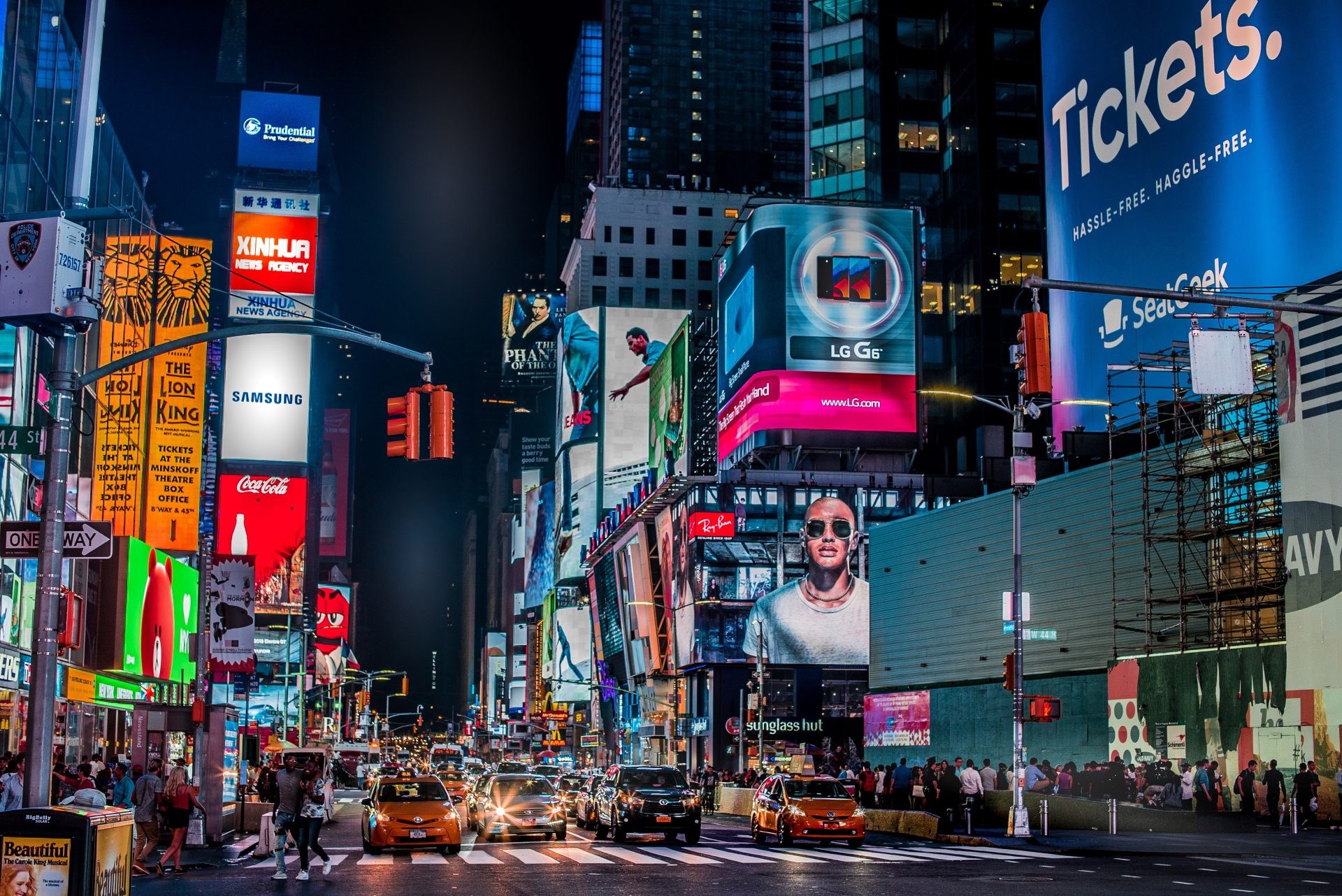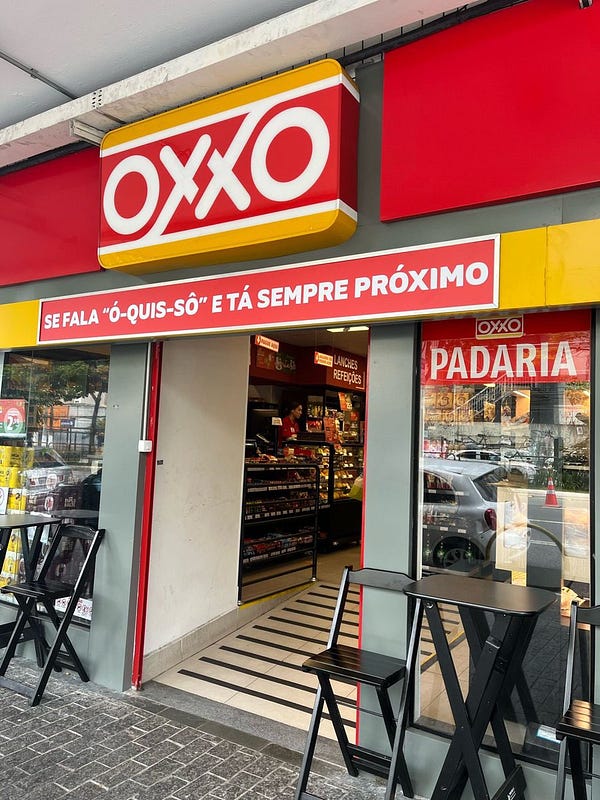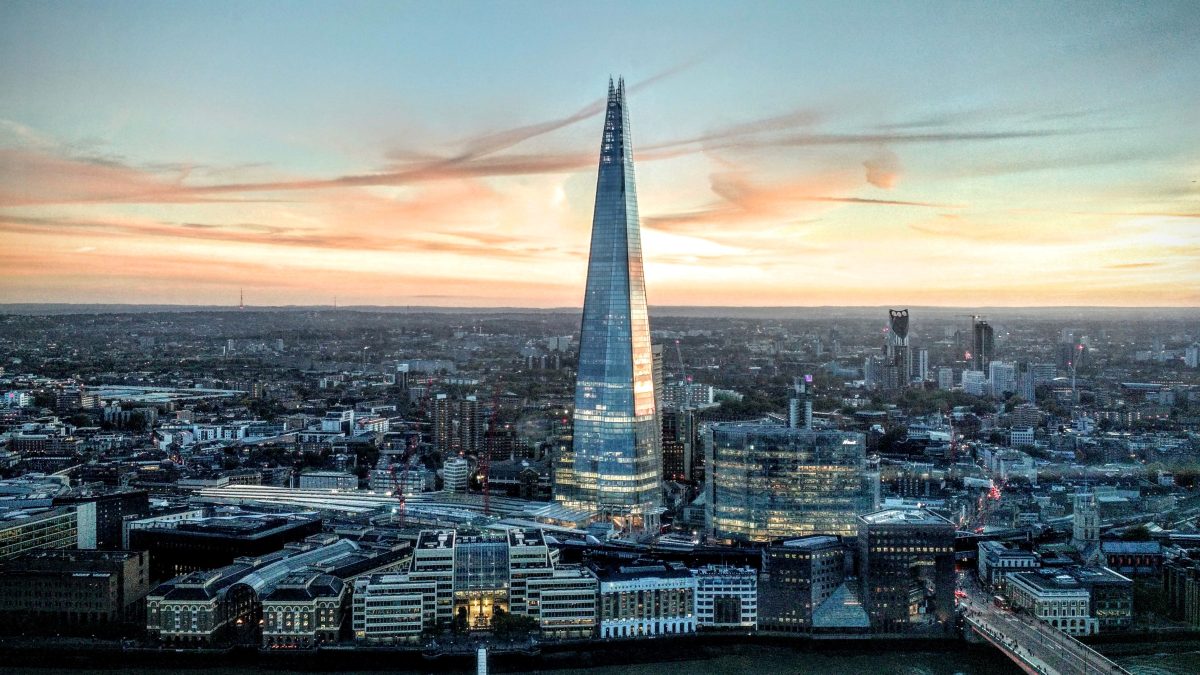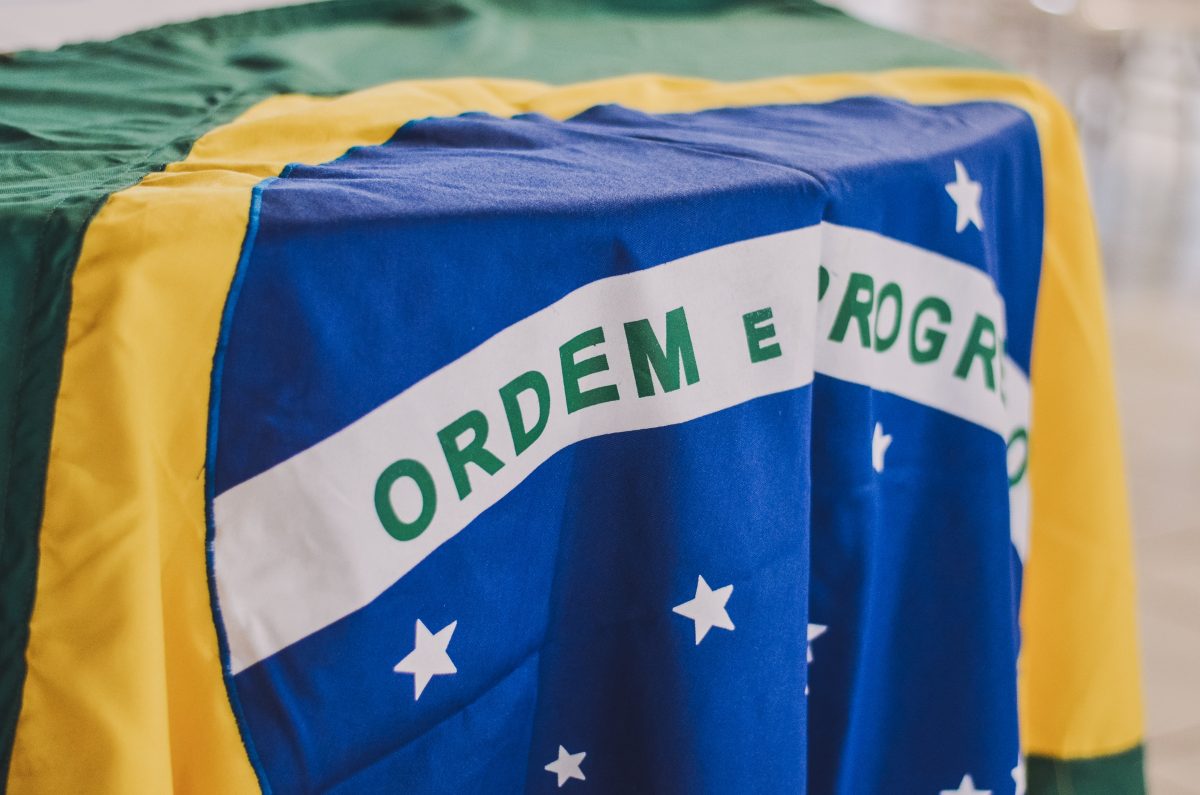How to create a global brand

See your brand with new eyes when using it outside Brazil
If you are thinking of opening your business outside Brazil, your brand is the first point to look carefully. Why? You will increase your company’s level of international exposure, and the brand is the first eye contact your potential customers will have with you.
And they need to like what they see to want to buy you. Just that. See how important it is? As a brand, understand your logo and your company name. To get started, ask these questions:
1. Does my logo have colors in line with the profile of my international competitors?
2. Doesn’t my brand have any Brazilian cultural component (colors or icons)?
3. Is my company name easy to speak in other languages?
4. Does my brand not generate rejection due to any cultural aspect in the target country where I will open my company?
5. Are my potential customers receptive when they see my brand?
If you answered yes to the above questions, you are ready to go international. Now, if you answered no to one or more questions, you will need to do a branding refresh on your brand before opening your business outside Brazil.
See, this isn’t a seven-headed bixo. Many entrepreneurs at the time of setting up their companies do not think that one day they could be international, especially if their company has been in the market for more than 20 years. And if the company is consolidated in the market, it is a very big risk to completely change its brand in Brazil and abroad, as you can lose the identity of your customers and the reference built over so many years. So, when it’s time to go international, you can create a new brand and make your expansion process with a new branding, having a Brazil brand and a global brand.
Who managed to use your Brazilian brand abroad? Havaianas (look, the brand is called Havaianas, not Brazilians. Interesting, isn’t it?), Vtex (one of the 5 largest e-commerce companies in the world), Stefanini (founder’s last name), Petrobrás (this is on the brainer, in the sector that the company operates, it has the name of the main product it sells in the world).
Which brands have had to adapt to countries that were internationalizing? Mercado Livre is Mercado Pago in Argentina and Zetrasoft de MG is Salary Fits in the world.
These are just a few examples. Shall we go a little deeper into this subject?
Your name matters. A LOT.
When you choose the country in which to start your international operations, you need to test your name in the market. Is it easy to talk? Is it intuitive how it is written when playing on Google? Is your name out there offensive or does it have a weird connotation in a foreign language?
Let me give you a personal example. My last name is Kibrit. Suppose I wanted to open my Turkey Internationalization Boutique, and the name was “Kibrit Internationalization Boutique”. It looks beautiful in Brazil and it’s totally possible to have a company with that name here, right? In Turkey, Kibrit means Phosphorus. So it is. Everyone would laugh if I opened the “Internationalization Boutique Match” in Istanbul. It would have zero credibility and difficulty in getting customers. That’s life… Sterna is much more beautiful and without international barriers in that sense. =) So, do your research to not be embarrassed as I would in Turkey with my last name.
If you already export, you have an initial callsign. But in export, a foreign name, difficult to speak is tolerable. Not in internationalization, mainly because one of your company’s main goals is to be loved and perceived as local. Do the initial research and ask others outside Brazil what they think of your brand name before making the decision to go global.
Your logo makes an impact.
This image that someone drew or you yourself scribbled on a napkin when you were setting up your company is the element that will generate identification or initial rejection from your international client.
It needs to be positive, impactful, different, attractive. If you don’t have many competitors in Brazil, you can have many abroad. You need a logo that stands out from the crowd and can become a global reference. The famous brand enhancement.
Do the initial studies, ask people, understand what your logo represents culturally abroad, if the colors generate any kind of reaction or may not be as adherent as the sector you want to reach out there.
Trademarks
Does any company out there already use your name or have a very similar logo?
Rule number 1: businesses cannot compete.
Rule number 2: Never want to risk suffering a trademark lawsuit with an international competitor. It’s expensive. Very expensive.
You’ll argue: but it’s impossible to know every company in the world and make sure my brand is unique! You’re right. Start by researching trademarks in the countries that are most likely to expand in the next 5-10 years and eliminate early risks. If you find it interesting, make a trademark registration in multiple countries to avoid the risk of suffering a lawsuit and being forced to remove your trademark from the market. That’s the minimum. There are many law firms in Brazil and abroad that do this service. Overall, it’s quiet.
To make it easier, Brazil has just signed its adhesion to the Madrid Protocol, in which businessmen will be able to register their trademarks in 102 countries. This is a cost, time and bureaucratic savings. The time to register trademarks drops to 18 months (maximum).
Competitors
A super important exercise is to see what your competitors’ brands look like abroad. The colors, the icons, the fonts. There is a branding style for each sector. If your company is in the creative sector, the range of brands can be wide. If at all, reducing the risk of confusion between existing brands and your upcoming brand is important.
Have you ever thought how unpleasant: “Wow, I thought I was buying a brand X product and that they had done a branding refresh”. This can generate customer frustration and tarnish the image you are trying to build abroad.
If you have to create a new brand to operate abroad, do a competitive survey and create something unique with adherence to the global market.
Brazilianities
Is your brand green and yellow? Do you have Brazilian icons (a toucan, a seed, an item of our fauna or flora)? Does it represent something local, regional, national? Is it linked to the Amazon? Does the name only make sense in Portuguese? This Brazilian DNA makes a lot of sense. For the Brazilian customer. For the international customer, if your brand is not bikini, cachaça and havaianas, it doesn’t make any difference to be from Brazil.
Many foreigners think we speak Spanish and know absolutely nothing about our Brazilian fauna and flora. They cannot point out where the Amazon is on the map.
Bottom line: Customers don’t make a connection to your brand. At the end of the day, his Brazilian pride does not reach global customers. This is a problem? Sure. Why? Do not sell. With internationalization, you need your customer to identify with your brand. That generates positivity, admiration, willingness to buy (for use and ostentation). You want your brand to be bought by everyone, not for the Brazil niche (the sales volume is not worth it). Still have doubts? See our article “I’m Brazilian” sell? And draw your conclusions.
In this article I wanted to show you the main points to look at when you want to create a global brand. In addition to adding value to your company, building a strong brand connects and converts. In billing. And what’s the next step? A killer marketing plan that will bring visibility to your brand and build reputation.
I hope this article has brought you some important references and that in a few years, you can see your brand shining out there.
#seeyouintheworld
Shall we have a coffee and discuss the plans you have for your brand? sales@sterna.co
Related contents

Brand internationalization techniques to conquer the market
The Brazilian consumer market has unique characteristics when it comes to the…
Read more

When to “flip” your company?
When is it worth transferring your company’s headquarters to another country We…
Read more

Strategies for Business Internationalization
The internationalization of business represents a huge leap in the growth of…
Read more

Does “being brazilian” sell?
When exploring the “made in Brazil” is a good (or bad) position…
Read more